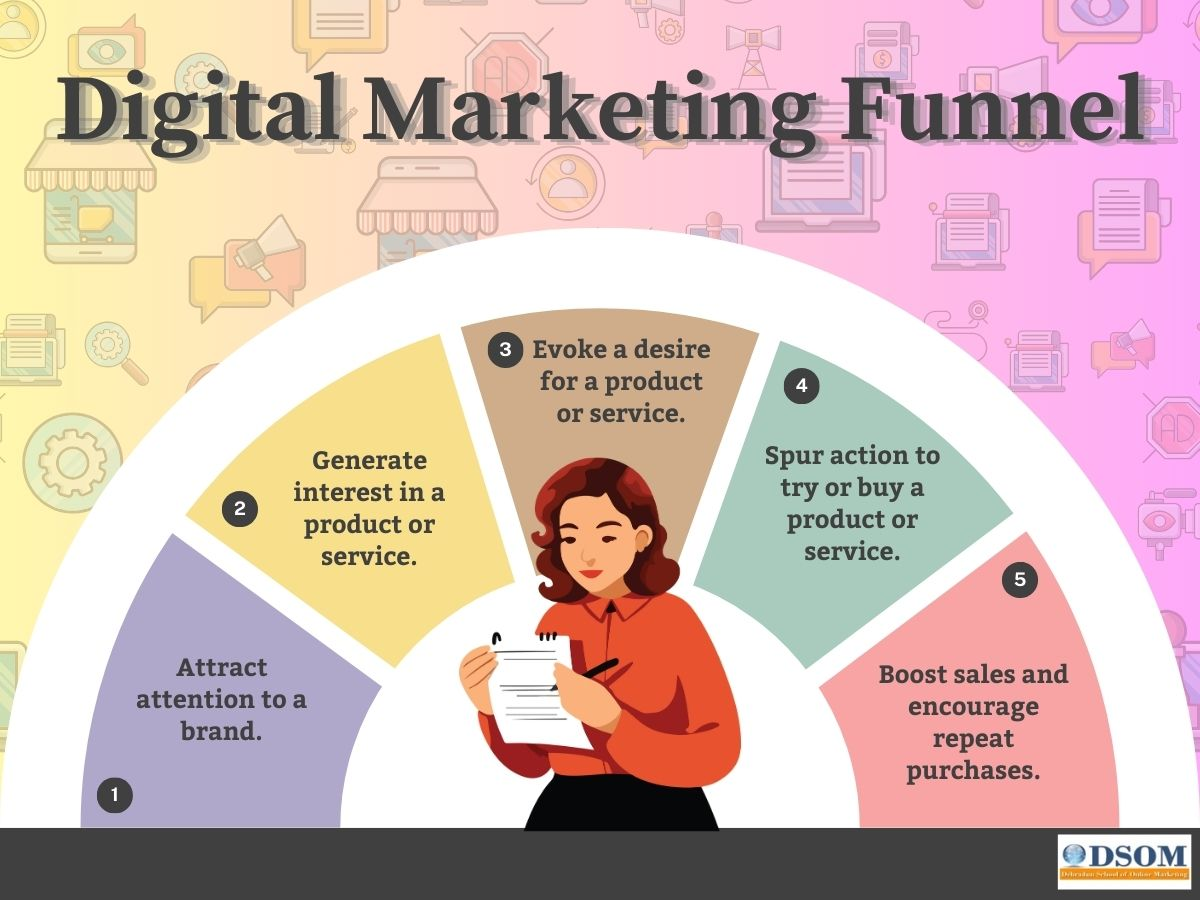Designing a website is a complex process that requires proper planning and attention to details because a well-designed website can attract and engage visitors to the website whereas a poorly designed website can turn them away as well.
Today we are going to discuss 10 common mistakes that anyone designing a website should avoid. By being aware of these pitfalls and taking necessary precautions, you will be able to create a successful and effective website that is perfect as per your audience requirements.
- Not aware about the purpose of website - One of the most significant mistakes in web design is failing to establish a clear purpose and goals for your website. Before diving into the design process, define the objectives of your website and identify the target audience. This clarity will guide your design decisions and ensure that every element on the site aligns with your goals.
- Poor Navigation - Navigation is a crucial aspect of website design. Complex or confusing navigation structures can frustrate users and make it difficult for them to find the information they need. Avoid overcrowded menus, unclear labels, or hidden navigation elements. Keep the navigation simple, intuitive, and consistent across all pages.
- Cluttered Layouts - An overcrowded or cluttered layout can overwhelm visitors and hinder their ability to focus on essential content. Avoid using too many colors, fonts, or excessive visual elements. Embrace white space and maintain a clean, organized design that guides users' attention to key elements.
- Not Responsive on Mobile - With the increasing use of mobile devices, it is essential to design websites that are mobile-responsive. If your website is not responsive on mobile devices or optimized for mobile devices, it can result in poor user experience as well. Ensure that your website adapts seamlessly to different screen sizes and provides a smooth browsing experience across all devices.
- Page Load time - Slow-loading websites frustrate users and increase bounce rates. You must optimize your website’s performance by leveraging caching techniques, using minimized files and using a good hosting provider. Regularly test the site's speed and address any bottlenecks to ensure swift page loading times.
- Inconsistency - Consistency is key to effective branding. Failing to maintain a consistent brand identity throughout your website can confuse users and weaken your brand's recognition. Use consistent colors, fonts, and imagery that align with your brand guidelines to establish a cohesive and memorable user experience.
- Lack of Accessibility - Accessibility should be a priority in web design. Ignoring accessibility standards can exclude users with disabilities from accessing your content. Ensure proper color contrast, provide alternative text for images, and implement keyboard navigation options to make your website accessible to everyone.
- Not Following SEO Principles - Design and search engine optimization (SEO) go hand in hand. Neglecting SEO principles can hinder your website's visibility in search engine results. Optimize your website's structure, use appropriate heading tags, incorporate relevant keywords, and create descriptive meta tags to improve your site's search engine rankings.
- Avoiding Content Hierarchy - A clear content hierarchy is essential for guiding users through your website and highlighting important information. Prioritize content based on its importance and organize it using appropriate headings, subheadings, and visual cues. A well-structured hierarchy improves readability and user engagement.
- Neglecting User Testing - Designing a website without user testing can lead to missed opportunities and usability issues. Conduct user testing to gather feedback and identify areas of improvement. Involving real users in the design process allows you to uncover usability issues, make informed design decisions, and create a more user-friendly experience.
Hence, avoiding these very common mistakes while designing a website will help you create a more effective website.
 How to Turn Your Photos into Ghibli-Style Art with ChatGPT for Free
How to Turn Your Photos into Ghibli-Style Art with ChatGPT for Free Top 10 AI Tools for Plagiarism-Free Content Writing: Boost Your SEO & Digital Marketing Efforts
Top 10 AI Tools for Plagiarism-Free Content Writing: Boost Your SEO & Digital Marketing Efforts The Rise of Graphic Designing in 2025: A Career Guide.
The Rise of Graphic Designing in 2025: A Career Guide. The Rise of Video Editing: A Crucial Skill in 2025
The Rise of Video Editing: A Crucial Skill in 2025 Top 10 Digital Marketing trends in 2025
Top 10 Digital Marketing trends in 2025 Common Mistakes in Digital Marketing and How to Avoid Them 2025
Common Mistakes in Digital Marketing and How to Avoid Them 2025 The Future of Digital Advertising: What You Need to Know
The Future of Digital Advertising: What You Need to Know Social Media Marketing in 2024: Strategies for Maximum Engagement
Social Media Marketing in 2024: Strategies for Maximum Engagement Building a Successful Digital Marketing Funnel: A Step-by-Step Guide
Building a Successful Digital Marketing Funnel: A Step-by-Step Guide 5 ways to make money from home using AI (Artificial-Intelligence) in 2024
5 ways to make money from home using AI (Artificial-Intelligence) in 2024